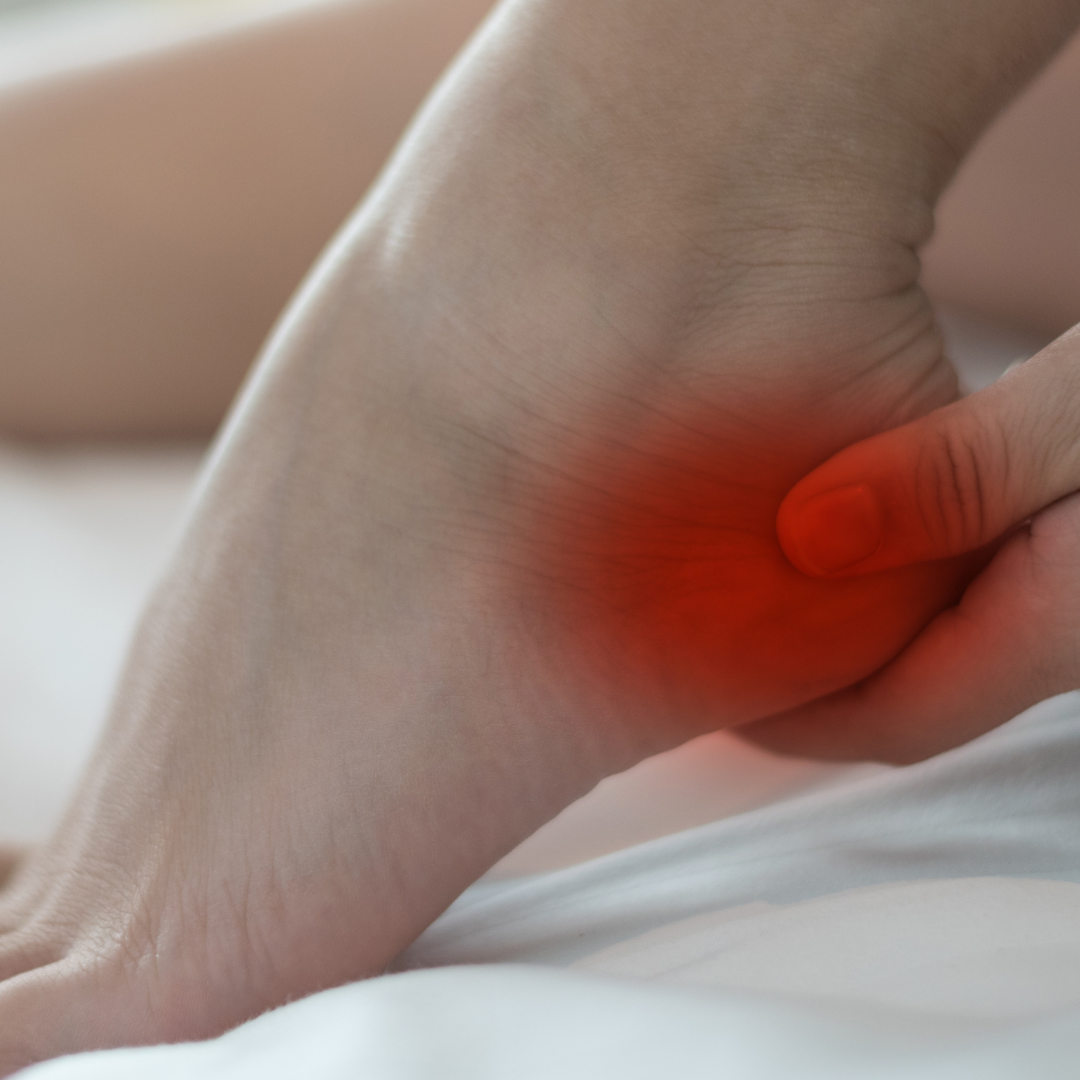
There are plenty of ways to experience heel pain, and the expert DPMs at Syracuse Podiatry are quite familiar with all of them. However, it’s important to know which options are best suited for managing each variety of discomfort, as conditions often have different root causes, even if they share symptoms.
That’s why we’ve put together a guide that covers the different forms that heel pain can take, as well as some helpful suggestions for how to treat it.
Calluses
Uncomfortable spots of thickened skin that form as the result of friction or pressure, and calluses on your heel are aggravated when they rub against footwear.
- Custom orthotics and podiatrist-approved shoes stop calluses from forming and reduce pain.
- Over-the-counter callus removers can be risky, as some cause chemical burns. Consult your podiatrist first.
- If conservative methods aren’t working, or the callus is the result of a metatarsal bone deformity, we might suggest corrective surgery.
Fissures
Cracks in the skin can be produced by friction, but heels often suffer from dryness as well.
- Smaller cracks are easily treated with moisturizing creams, yet deep ones expose underlying tissue and blood, making them prone to developing infections.
- Heel pads and inserts can help prevent the heel’s protective fat pad from being worn down.
- Avoid sandals and open-heeled footwear, and check regularly with your podiatrist for infection.
Spurs
A spur refers to an outgrowth of bone formed in a high-pressure area. When they form on heels, spurs come in frequent contact with footwear, leading to swelling, inflammation, acute pain, or dull aches.
- Orthotics reduce pain and discomfort.
- Anti-inflammatories can be effective.
- Cortisone injections are sometimes used in more severe cases.
Plantar Fasciitis
Frequently connected to heel spurs, this condition involves inflammation of the plantar fascia, a band of tissue that binds your heel bone to the ball of your foot.
- Stretches help alleviate tightness and pressure.
- Splinting a foot overnight can reduce pain.
- In rare cases, surgery might be suggested to correct the problem.
Still wondering how to heal your heel pain? Contact us! Expert DPMs Dr. Ryan L. D’Amico, Dr. Donal M. Erickson, Dr. Keith Sherman, Dr. Anne-Louise Smith, Dr. Justin Muser, and Dr. Nicholas Cronin are ready to answer your questions and provide you with top-notch podiatric care.
